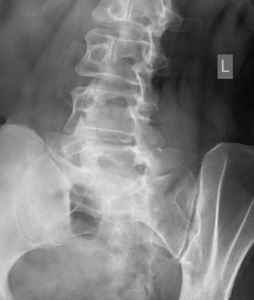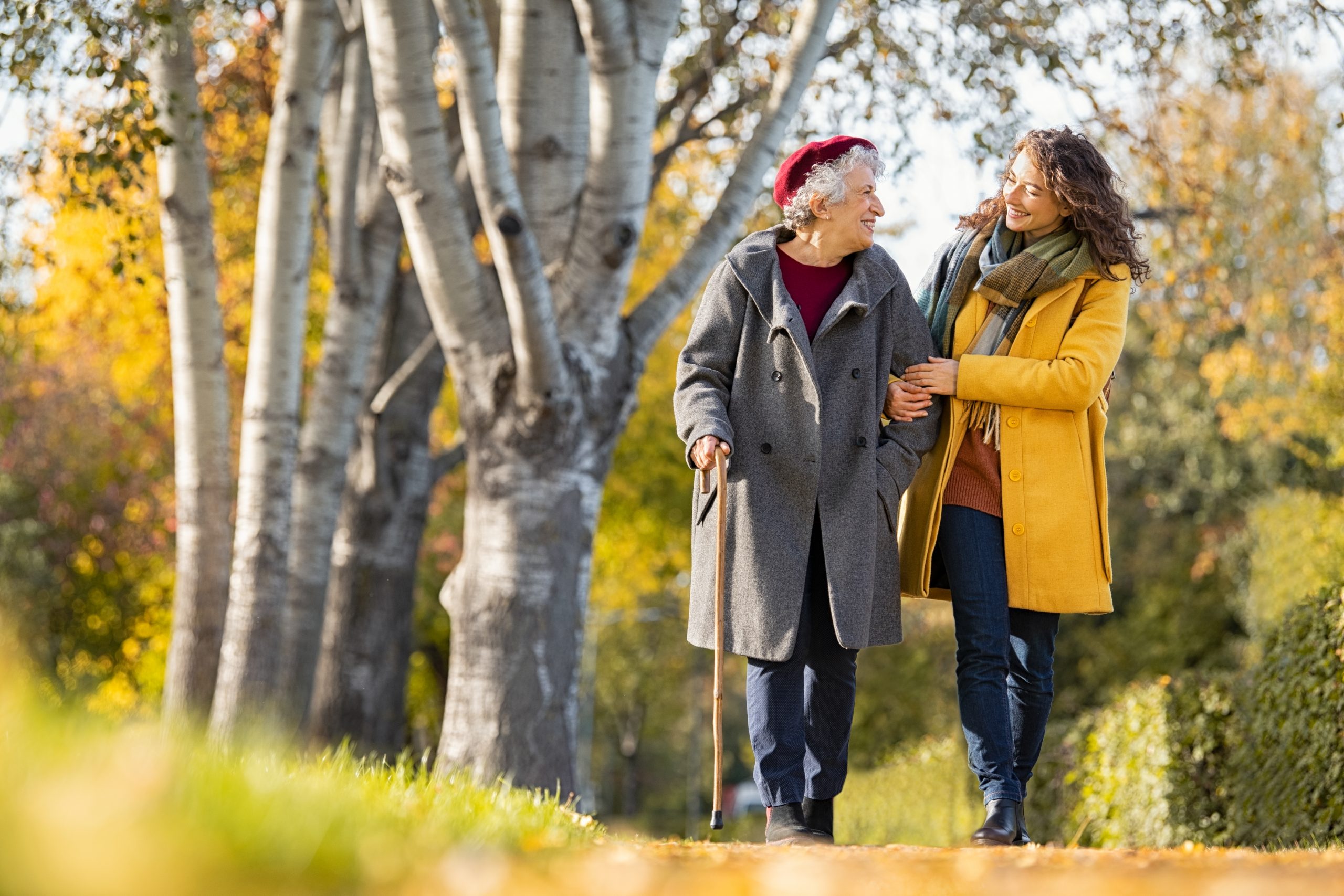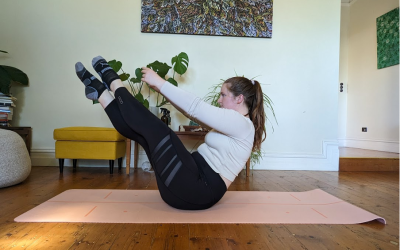It’s one of those words that we get a bit fearful of – picturing painful twisted fingers and hunched spines – but fear not! Arthritis, although horrible for some, for the vast majority is a very slow progressing and mild disease. In fact, arthritis is more of a normal result of ageing rather than a disease itself. Arthritis is an umbrella term, used to describe more than 100 types of musculoskeletal conditions! The most common type, which we are discussing here, is osteoarthritis. Osteoarthritis is so common, that 3.6 million Australians have it (15% of the population). Osteoarthritis only affects the joints, where as other types like Rheumatoid Arthritis involves internal systems as well. Fortunately these more complex types of arthritis are seen far less frequently.
Osteoarthritis (OA) is also known as degenerative joint disease or ‘wear and tear’ in the joints. It is caused by a gradual breakdown of joint cartilage resulting in joint inflammation, pain and reduced motion. (Cartilage is the slippery tissue that covers the ends of bones in a joint). Over time, the joint may lose its normal shape or bone spurs may grow on the edges of the joint. Osteoarthritis can occur in any joint, but most often in the spine, hips, knees and hands.
How do I know if I have or am at risk of having arthritis?
Risk factors for this type of arthritis include advancing age (realistically though – just living beyond 18 years old puts you at risk!), repetitive activity/excessive joint use and previous joint injury. The discomfort felt by arthritis sufferers is usually pain that worsens after a period of rest or upon waking in the morning. It will typically improve shortly after starting your routine in the morning and then worsen again in the afternoon/evening after a day of strong use. No single test can diagnose osteoarthritis. Most doctors use several methods including x-rays to diagnose the disease and rule out other problems.
How Is Osteoarthritis Treated?
The most important thing for those with arthritis is to maintain an active lifestyle including moving regularly to maintain and improve joint function. Research suggests early intervention can delay the onset – so this means being proactive about your health even before any pain sets in!
How can Osteopathy help?
Osteopathy can give relief to those suffering pain and discomfort due to arthritis through helping the joints to move better, decreasing the muscle tension around the affected areas and freeing up space in the joints so the inflammation can settle. Osteopaths can also give you advice on exercises and home management. It is important to release that the amount of arthritis you have is not at all related to the amount pain you experience. We frequently see x-rays with severe arthritis – yet the patient feels no pain.
If you are concerned about whether or not you might have arthritis – please give us a call at Ferguson St Osteopathy to have a chat.
For more information, the Arthritis Australia website is quite good, in particular the fact sheets are worth a look at.
http://www.arthritisaustralia.

Now as for the affects the cold might have on your joints:
Researchers can’t seem to believe it, but many people will swear blind they can predict a drop in mercury simply by the increase in swelling and pain in their joints, but is there any truth in this? Some research has been done looking at whether or not a drop in barometric pressure (associated with cooler, damper weather), could allow tissues to swell and put pressure on nerves. The results showed that although possible with large changes in pressure seen with significant altitude changes (like climbing Everest), it is unlikely with the minor variations we experience.
A more plausible option is that bodily changes brought on by cooler weather have the side effect of amplifying pain signals from joints. This is due to changes in the sympathetic nervous system (that which controls the fight or flight response) causing the brain to ‘misbehave’ when reading pain signals from the joints. That’s because the sympathic nerves react on our internal functioning – for example constricting blood vessels in limbs when its cold (to reduce heat loss and keep core of body warm). So it is suggested that through these changes, the nerve pathways connecting the joint and brain also respond.
Regardless of whether this mechanism exists or not, so many things happen when its cold – drop in mood is common and of course the shorter days and cooler temperatures make us less inclined to be active. With low moods being linked to higher perception of pain and immobility playing a significant role in arthritis, these things alone could be the reason that many people feels their joints more in winter.
Reduced activity, and tensing to keep ourselves warm may also contribute, so stay cosy and warm and be creative to see how you can maintain your activity levels despite the cold, gloomy weather.




